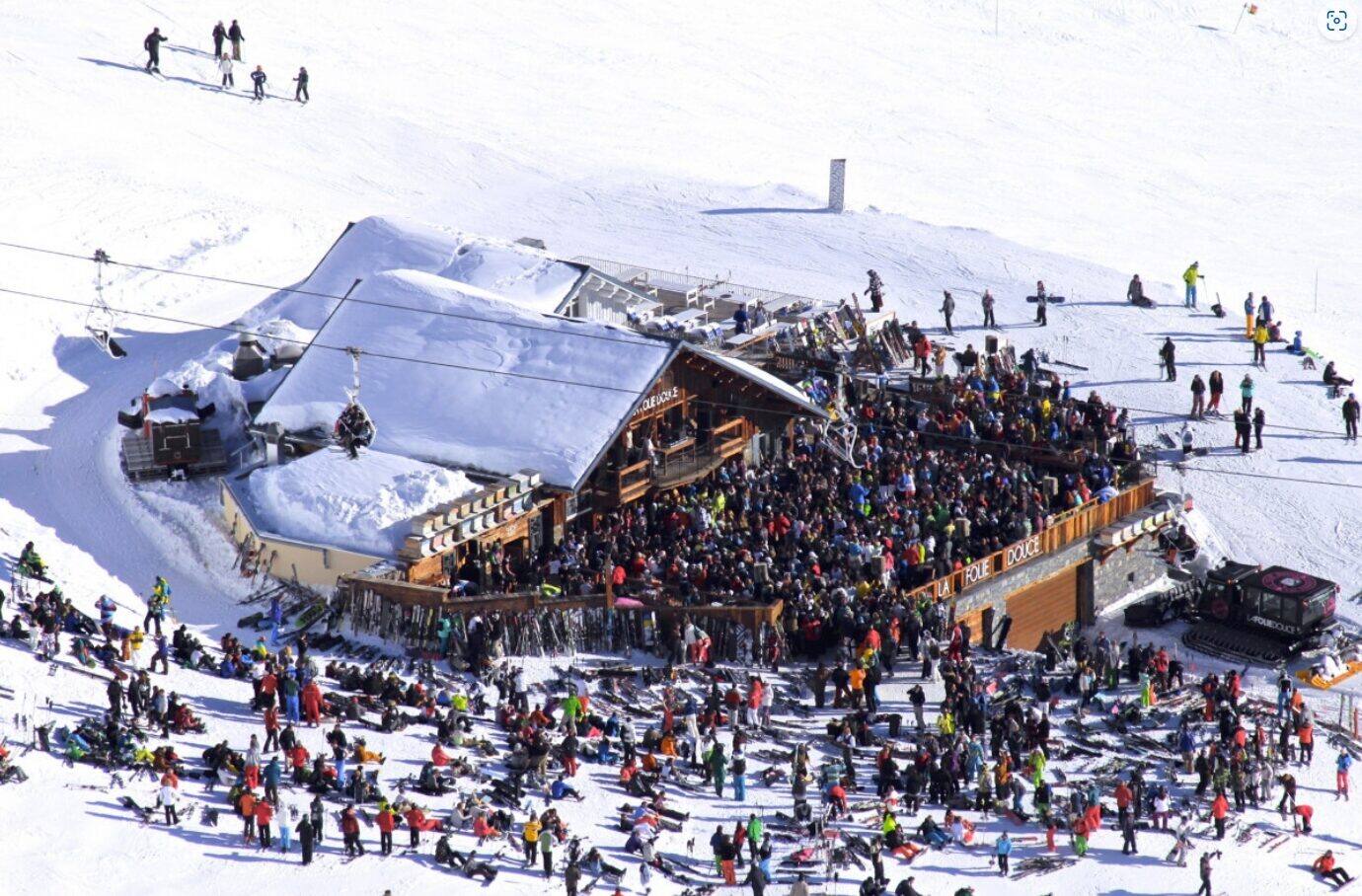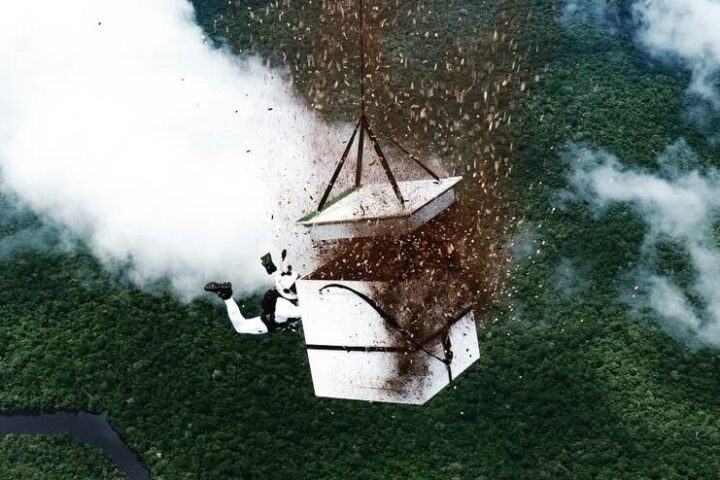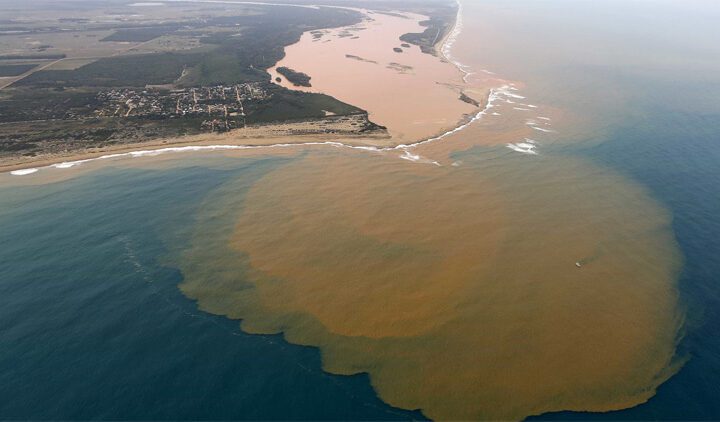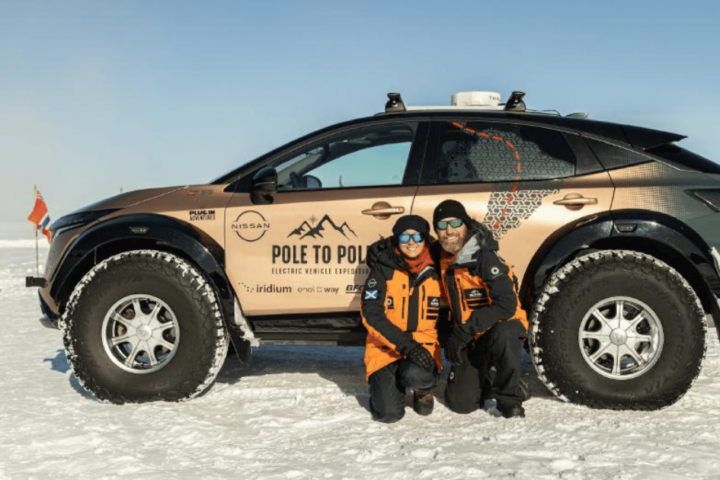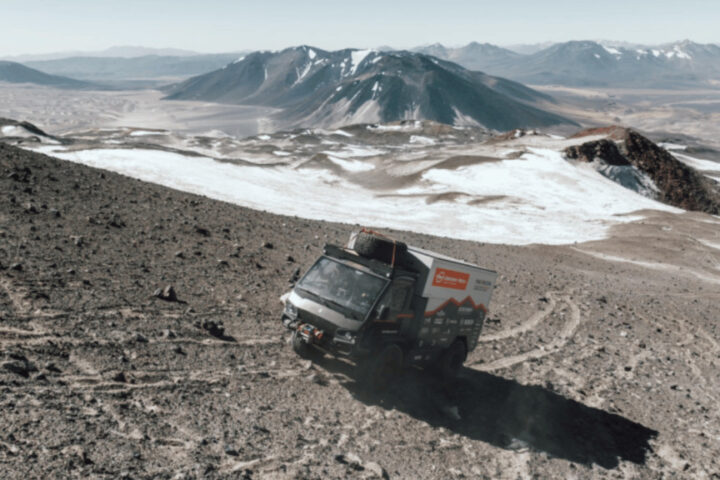In an unprecedented move, the International Ski and Snowboard Federation (FIS) has partnered with the World Meteorological Organization (WMO) to confront the existential threat posed by climate change to winter sports. This marks the first time the UN’s weather agency has teamed up with an international sports federation.
Partnership Aims to Strengthen Scientific and Sporting Dialogue
The five-year Memorandum of Understanding, which enters into effect ahead of the 2024/25 winter season, commits the organizations to work together to highlight the far-reaching impacts of rising global temperatures on snow and ice cover. They plan to establish practical initiatives to strengthen scientific and sporting dialogue.
FIS President Johan Eliasch emphasized the gravity of the situation, stating, “The climate crisis is obviously far bigger than FIS − or sports, for that matter: it is a genuine crossroads for mankind. It is true, though, that climate change is, simply put, an existential threat to skiing and snowboarding.”
Similar Posts
Climate Change Already Disrupting Competitions
The impact of climate change on winter sports is becoming increasingly evident. In the 2023/24 season, FIS organized 616 World Cup races across all disciplines, spanning 166 venues. Twenty-six of these races were canceled due to weather-related reasons.
According to WMO Secretary General Celeste Saulo, “Ruined winter vacations and canceled sports fixtures are – literally – the tip of the iceberg of climate change. Retreating glaciers, reduced snow and ice cover and thawing permafrost are having a major impact on mountain ecosystems, communities and economies and will have increasingly serious repercussions at local, national and global level for centuries to come.”
Dire Projections for Ski Resorts and Snow Cover
Several studies paint a grim picture for the future of winter sports:
- Researchers found that without snowmaking, 53% of European ski resorts are projected to be at very high risk for insufficient snow under 2°C of global warming. This jumps to 98% under 4°C of warming.
- In Switzerland, Alpine glaciers have lost about 60% of their volume since 1850. Below 800 meters, the number of days with snowfall has halved since 1970, with precipitation falling as rain rather than snow.
- The Swiss Climate Change Scenarios CH2018 predict the zero-degree level, currently at around 850m, will climb a further 400‒650m by 2060 without climate change mitigation, reaching an altitude of around 1,300–1,500m.
Collaboration to Leverage Weather Expertise for Winter Sports
Under the agreement, WMO and its National Meteorological and Hydrological Services will provide data and expertise to help FIS, national ski associations, venue managers and event organizers better understand and utilize weather forecasting to optimize snow management.
The first joint initiative is a webinar on November 7 covering climate change impacts on snow and ice, and an overview of advanced forecasting tools to support snow management around ski resorts.
Cryosphere Becomes Top WMO Priority
Reflecting growing international concern, WMO’s Executive Council recently agreed to elevate the cryosphere – the frozen parts of the Earth system – to one of its top priorities. Around 70% of Earth’s fresh water exists as snow or ice, and about 10% of land area is covered by glaciers or ice sheets. Changes in the cryosphere therefore have planet-wide effects.
The thawing of frozen ground in mountain, arctic and sub-arctic regions directly impacts the stability of infrastructures built on it and contributes to increasing atmospheric carbon. Changes in snowfall and snow cover affect not only winter tourism but also hydropower and transportation.
Technological Innovations and Sustainability Initiatives
As the ski industry grapples with this crisis, technological advancements in artificial snow production and weather forecasting tools offer some hope for mitigating climate change impacts. More efficient snowmaking machines that use less water and energy are being developed.
The 2022 Beijing Winter Games, which relied entirely on artificial snow, serve as a case study in adaptation, though this has drawn criticism from environmental groups for its resource intensity.
FIS and other organizations are also implementing sustainability initiatives to reduce the carbon footprint of winter sports. The FIS Impact Programme, launched earlier this year, outlines the federation’s climate action plans.
Economic and Environmental Stakes are High
The economic implications of reduced winter tourism due to climate change are substantial. Ski resorts and mountain communities worldwide face loss of revenue and livelihoods as the snow season shrinks.
Beyond the direct impacts on winter sports, the broader environmental consequences of a warming cryosphere are dire, from rising sea levels to disrupted weather patterns and ecosystems.
As Johan Eliasch put it, “We would be remiss if we did not pursue every possible effort that is rooted in science and objective analysis. This is what we are trying to follow and what is at the core of this promising partnership with the WMO.”
